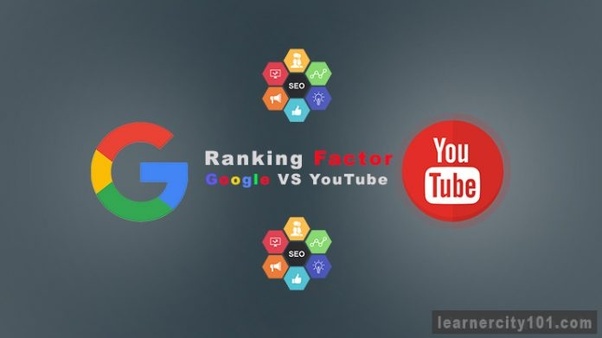The Difference Between Google+ and YouTube
So what is the difference between Google+ and YouTube? Google has chosen not to make a paid membership platform like YouTube available. It’s decision to focus on a social aspect and give users more control over what they can share has caused many to question whether YouTube is losing its edge and becoming obsolete. There is no clear answer, but it is important to understand how the two networks differ.
ABOUT YOUTUBE
YouTube is free to use and gives the user full access to monetize their videos through advertisements. When a video receives enough views, it may start to appear in Google search results for related keywords. For example, if a user searches for “Cute puppies”, they will likely see multiple videos that are related to cute puppies. However, these videos will not have any ad contextual advertisements. Instead, the content is uploaded directly to Google’s servers, which then show the video to users based on their location, gender, age, and other personal preferences.
ABOUT GOOGLE+
Google+ on the other hand, offers a feature called Hangout. This is similar to Twitter‘s live tweeting feature but Google has taken it one step further by enabling users to broadcast a video directly from their Google+ page. Anyone can attend and view the video. There are no adverts in the video or on the user’s profile.
In addition to uploading a video to YouTube and Hangout, another advantage is the ability to share anywhere with anyone. No longer is there a need to email or instant message friends. People can view a video without having to leave their current application. This is a particularly attractive option for businesses who want to market their brand using mobile applications.
DIFFERENCE BETWEEN GOOGLE+ AND YOUTUBE
The difference between YouTube and Google+ is also largely a matter of quality. It’s important to remember that most internet users prefer videos that are high quality. Videos that contain poor compression and/or poor English writing are often flagged as spam by Google. This can result in lower rankings and less visitors to a website. By producing a video that is of a high quality, this will help raise a website’s position on search results pages.
For most businesses, videos are an excellent way to get the message across. They give a more personal touch, unlike a sales letter or blog post. Users also feel a more personal connection with a company as they are able to watch and connect with a live person. YouTube is clearly the place for this but with more users turning to Google for various services, the battle continues.
INTEGRATION OF PAGES WITHIN SOCIAL PLATFORM
Perhaps the biggest difference between Google+ and YouTube is the integration of pages within the social platform. Although this is hardly unique to Google, it is a very valuable feature. Pages allows users to create their own profile, store information such as photos and events, and then share any information that they would like to share with their entire community. This feature could be incredibly useful if your business owns multiple stores, has an international following, or plans to expand. Pages will ensure that all of your posts can be seen by all users, and that a large portion of your current followers will know what you are up to.
BENEFITS OF GOOGLE+
Google+ has a few benefits of its own as well. As previously stated, Google+ allows users to post on other profiles and pages; however, they do not appear on Google search results. This is not a problem since the feature is hardly used. Google+ does have a limit on the number of people you can follow, which could be limiting, though it is meant to be a small limitation. If you have an interesting page/profile and want to promote it to your existing readers, a Google+ button are available on your main profile page. In addition, Google+ users can now see your latest posts and activity on other profiles, providing yet another opportunity for marketing.
